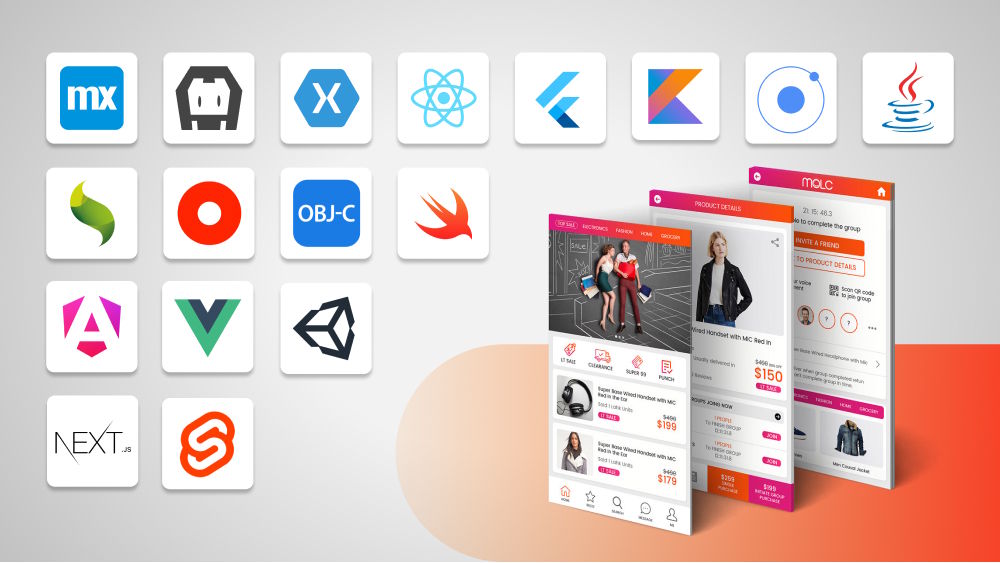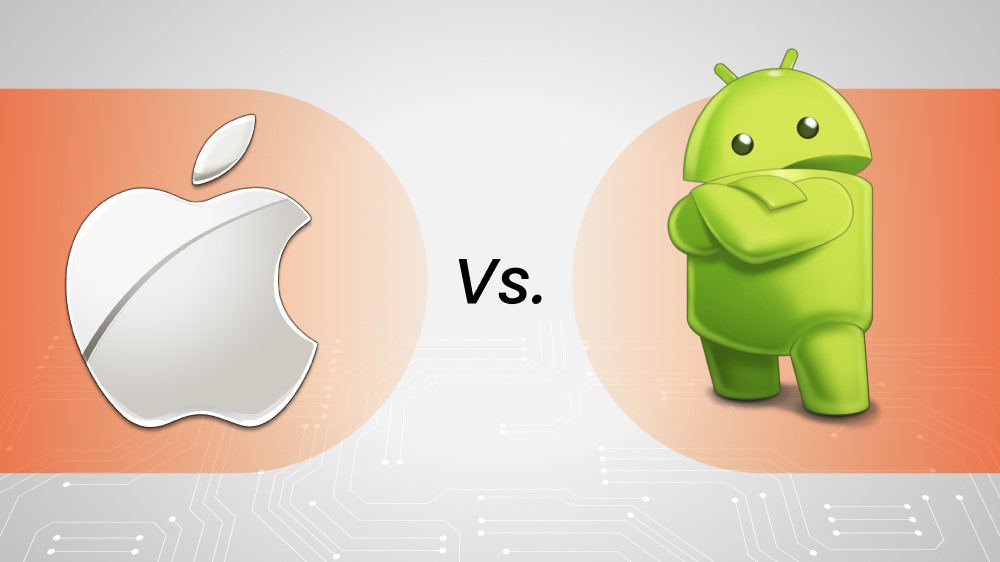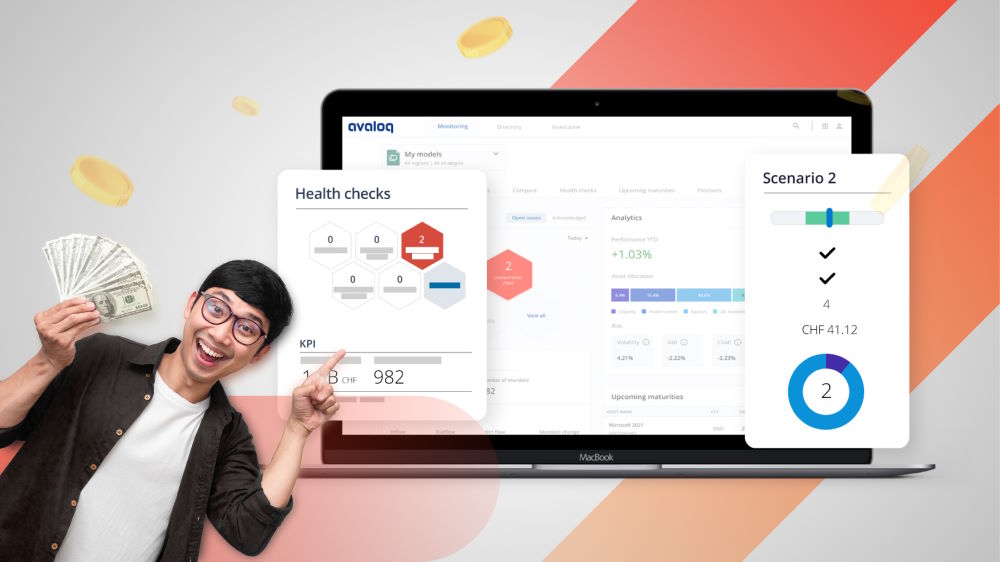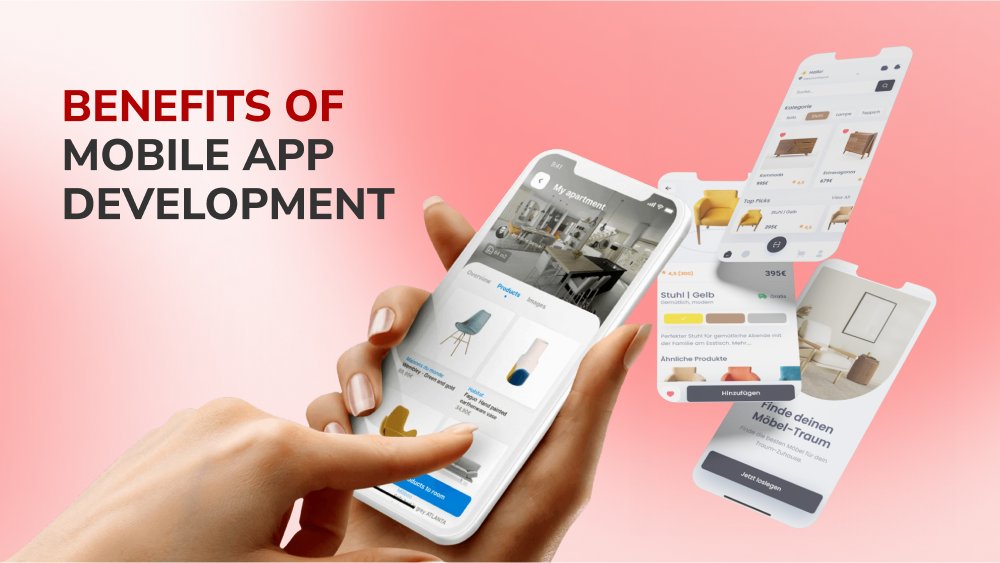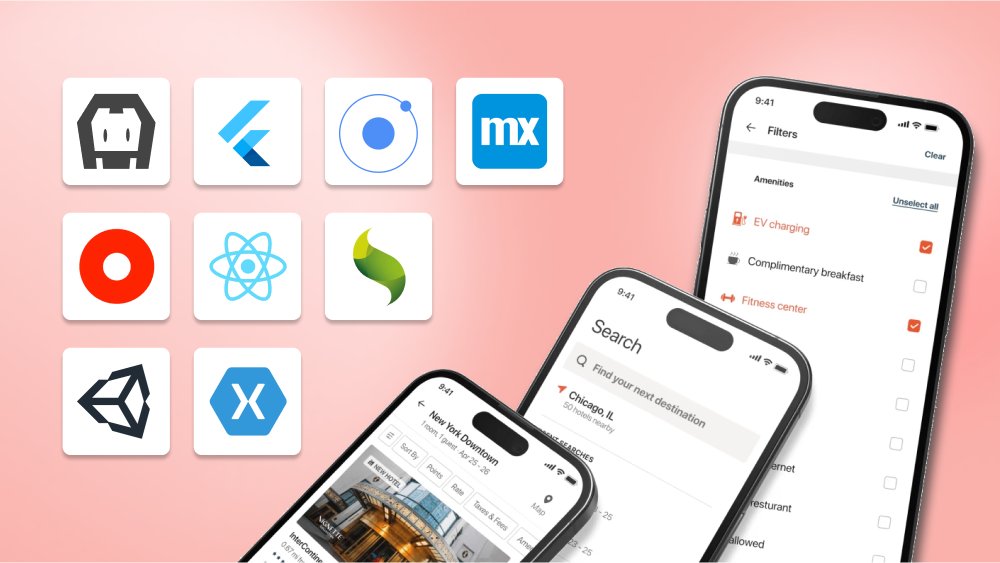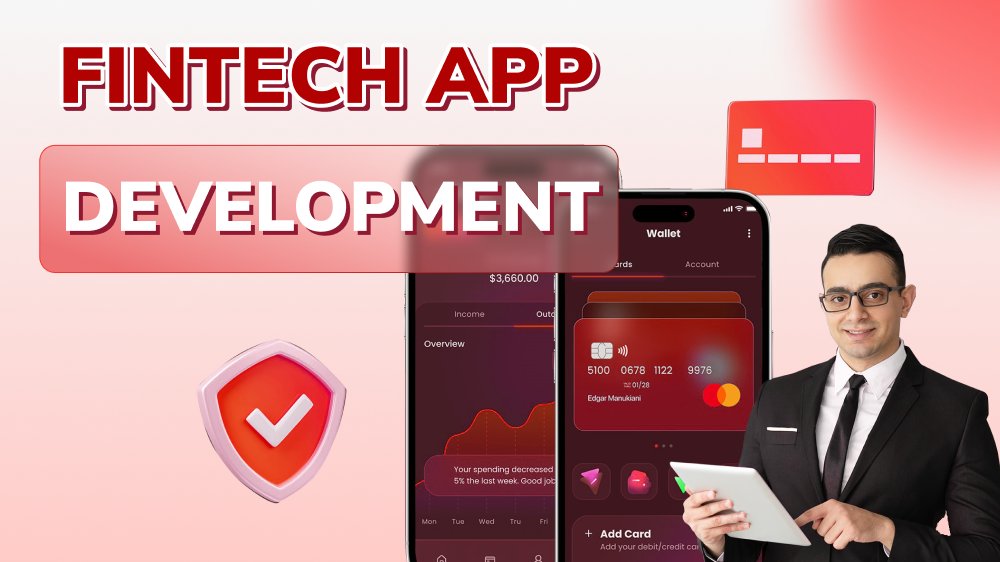Putting Healthcare at Your Fingertips with Telemedicine App Development
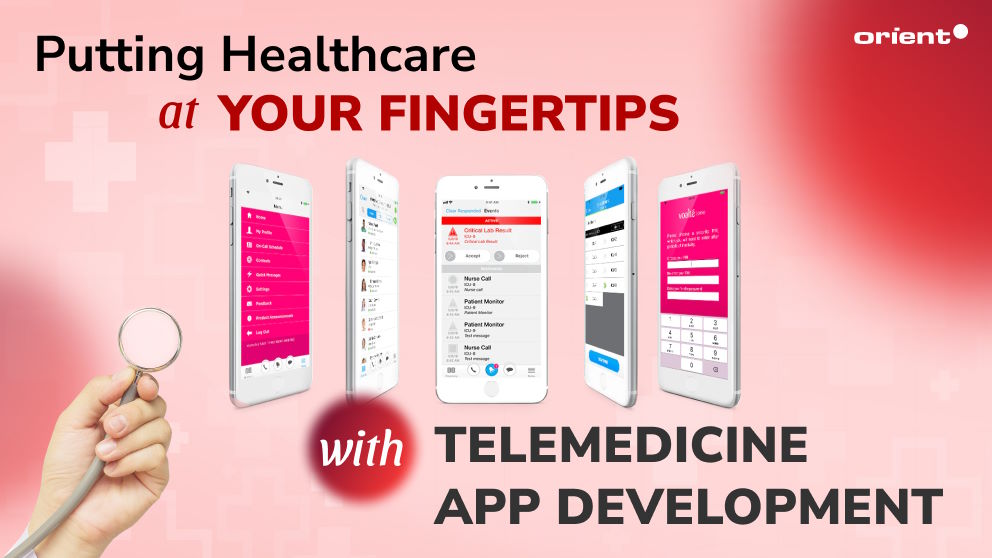
Content Map
More chaptersThe COVID-19 pandemic accelerated the widespread adoption of telehealth as an essential way to care for patients safely. Studies show 76% of consumers are now open to virtual visits, up from 11% in 2019. Telemedicine or telehealth app is revolutionizing the way healthcare is delivered. By utilizing technologies like mobile apps and video conferencing, telemedicine is putting medical care literally at patients’ fingertips.
This growing reliance on telemedicine presents major opportunities for app developers. Developing a telemedicine app that facilitates virtual medical care can expand access to services while improving outcomes. Developing effective telehealth solutions is a complex endeavor for a software development company, as it entails navigating a multifaceted landscape encompassing regulations, operational considerations, and user preferences. Applications must consider everything from clinical workflows and compliance to cross-platform performance and analytics.
This guide examines the technical considerations on how to develop a telemedicine app, a telemedicine app development cost, the processes to build a telemedicine app, and the benefits and challenges of telehealth app development. Readers will learn how to craft virtual care solutions tailored to specific organizational needs. By leveraging the strategies discussed, healthcare organizations can harness mobile technologies to put healthcare literally at users’ fingertips via engaging, secure virtual care experiences.
Get to Know Telemedicine Apps

A telemedicine app is a software application designed to facilitate remote healthcare services and enable virtual consultations between healthcare providers and patients. These apps leverage modern technology to bridge the gap between patients and healthcare professionals, allowing them to interact and exchange medical information through mobile app development platforms.
A mobile telehealth app typically offers a range of features and functionalities to support remote healthcare delivery. These may include:
- Appointment Scheduling: Patients can schedule and manage appointments with healthcare providers conveniently through the app.
- Video Consultations: Real-time video conferencing capabilities enable patients and healthcare professionals to have virtual face-to-face consultations, allowing for visual assessments, diagnosis, and treatment recommendations.
- Secure Messaging: Secure messaging functionality allows patients and healthcare providers to communicate securely, exchange medical information, and ask questions or address concerns.
- Electronic Prescriptions: Telemedicine apps often provide the ability for healthcare providers to generate electronic prescriptions, which can be directly sent to pharmacies for convenient medication management.
- Medical Record Access: Some telemedicine apps integrate with electronic health record (EHR) systems, allowing healthcare providers to access and review patients’ medical history and records for improved continuity of care.
- Remote Patient Monitoring: Certain telemedicine apps support remote monitoring of patients’ vital signs and health metrics through connected devices or wearables, enabling healthcare providers to track and manage their patient’s health remotely.
Telemedicine apps have gained significant importance and popularity, especially in situations where accessing in-person healthcare services may be challenging or limited. They provide a convenient and accessible way for patients to seek medical advice, receive prescriptions, and access healthcare resources from the comfort of their own homes.
Developing a Telemedicine App: Key Considerations
Developing a telemedicine platform involves a series of well-defined steps and considerations to ensure a successful and efficient outcome. The following outlines the key considerations of the telemedicine app development process that app developers need to know.
Identifying the Target Audience and Their Specific Healthcare Needs
Before embarking on telemedicine app development, it is vital to identify the target audience and understand their specific healthcare needs. This knowledge will guide the app’s design, features, and functionalities to ensure it effectively caters to the intended users. The target audience may vary based on factors such as demographics, medical conditions, and geographical location. For example, a telemedicine app targeting elderly patients may require a user-friendly interface with larger font sizes and intuitive navigation.
Selecting the Right Technology Stack
Choosing the right technology stack is important for robust and scalable telemedicine software development. The technology stack encompasses programming languages, frameworks, libraries, and databases that form the foundation of the app’s architecture. Key considerations include the app’s desired features, scalability requirements, and compatibility with various platforms (e.g., iOS and Android).
Common technologies used in telehealth software development include programming languages like JavaScript or Swift, frameworks like React Native or Flutter, and databases like MySQL or MongoDB. It is essential to consult with experienced developers or a development team to ensure the technology stack aligns with the app’s goals and long-term scalability.
Addressing Security and Privacy Concerns
Security and privacy are paramount in telemedicine app development, as patient data is highly sensitive and subject to strict regulations. Compliance with regulations such as the Health Insurance Portability and Accountability Act (HIPAA) is crucial to prohibit illegal third-party access to electronic health records (EHRs). The app should incorporate robust security measures, including data encryption, secure user authentication, and secure transmission of data. Implementing industry-standard security protocols and partnering with HIPAA-compliant hosting providers can help ensure the app’s security and protect patient privacy.
Seamless Integration with Existing Healthcare Systems
To enhance the efficiency and effectiveness of telemedicine, seamless integration with existing healthcare systems is essential. Integration with EHRs allows healthcare providers to access a patient’s complete medical history, enabling better-informed diagnoses and treatment decisions.
The telemedicine app should have the capability to securely retrieve and update patient information from EHR systems, ensuring continuity of care and reducing redundant data entry. Collaborating with EHR vendors or utilizing standardized interoperability protocols, such as HL7 or FHIR, can facilitate smooth integration with existing healthcare systems.
How Much Does It Cost to Develop a Telehealth Application
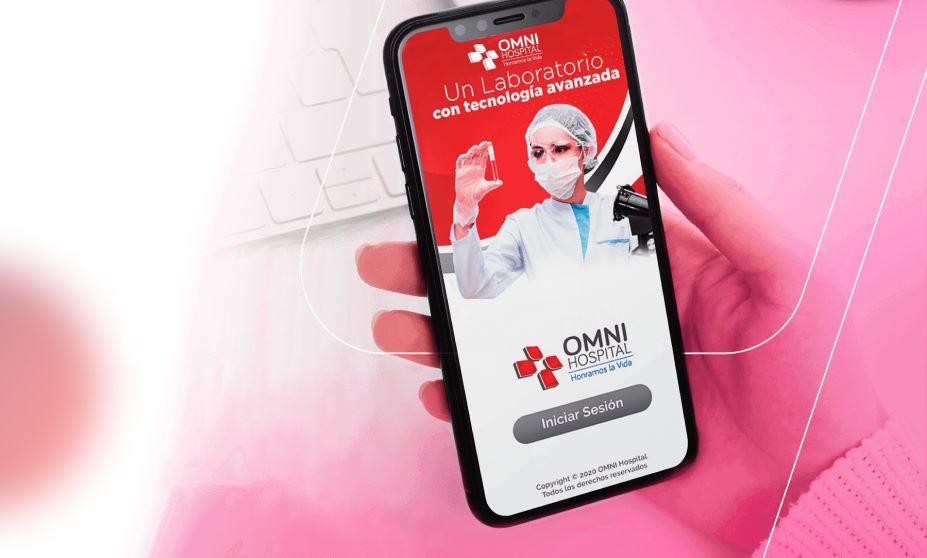
The telemedicine market has experienced significant growth and is projected to continue expanding. According to a report by Market Research Future, the global telemedicine market is expected to reach over $175 billion by 2026, reflecting a compound annual growth rate (CAGR) of approximately 19%.
Patients are embracing telemedicine as a convenient alternative to traditional healthcare. A survey conducted by the American Medical Association (AMA) revealed that 46% of physicians reported an increase in telemedicine usage by their patients in 2020 compared to previous years.
The cost of developing a telehealth application can vary significantly based on various factors:
- Basic Telehealth App: A simple telehealth app with core features like video consultations, appointment scheduling, and secure messaging can range from $30,000 to $100,000. The cost can vary based on the mobile app platform (iOS, Android, web) and the complexity of the UI/UX.
- Medium Complexity Telehealth App: Telehealth apps with additional features, such as integration with EHRs, prescription management, real-time health monitoring, and payment processing, can range from $100,000 to $300,000. The cost will depend on the number of integrations and the complexity of the features.
- Advanced Telehealth App: A comprehensive telehealth app with advanced features like AI-powered symptom analysis, machine learning algorithms for diagnosis, telemedicine marketplace, and multi-specialty support can cost upwards of $300,000. The cost will primarily depend on the complexity and uniqueness of the features.
It’s important to note that these are rough estimates, and the actual cost can vary based on specific requirements and the rates of the development team you choose to work with. Additionally, ongoing maintenance, updates, and any regulatory compliance requirements should be considered as additional costs.
Benefits of Telemedicine Apps
Telemedicine offers a multitude of benefits that have contributed to its rapid adoption and acceptance within the healthcare industry:
- Improved Patient Access to Healthcare: Telemedicine breaks down geographical barriers, making healthcare accessible to individuals residing in remote areas or areas with limited healthcare resources. Patients can connect with healthcare professionals regardless of their location, ensuring timely access to medical advice and consultations.
- Reduced Healthcare Costs: Telemedicine has the potential to significantly reduce healthcare costs for both healthcare systems and patients. By minimizing the need for physical visits, telemedicine eliminates travel expenses, reduces transportation time, and lowers overall healthcare expenditures. Moreover, telemedicine can prevent unnecessary emergency room visits and hospitalizations by enabling early intervention and preventive care.
- Increased Efficiency: Telemedicine optimizes healthcare workflows by streamlining the consultation process. It reduces waiting times and allows healthcare professionals to efficiently manage their schedules. Additionally, telemedicine facilitates the secure and seamless sharing of medical records, enabling healthcare providers to make informed decisions and provide more personalized care.
Common Challenges Faced During Telemedicine App Development

Telemedicine app development faces several challenges that need to be overcome to create a successful and effective application. Here are some common challenges encountered during telemedicine app development:
- Interoperability Issues: Telemedicine apps often need to integrate with existing healthcare systems, such as EHRs or medical devices. However, compatibility issues, varying data formats, and different communication protocols can pose challenges in achieving seamless interoperability between the app and other systems. Overcoming these challenges requires careful planning, adherence to interoperability standards, and robust integration strategies.
- Scalability: Telemedicine apps need to accommodate a potentially large number of users and handle increased data traffic as the user base grows. Building a scalable infrastructure that can handle high concurrent user loads and data processing demands is crucial. It involves using scalable cloud platforms, employing efficient database management techniques, and designing the app architecture to handle increased loads without compromising performance and user experience.
- User Experience and Adoption: Telemedicine apps should be user-friendly and intuitive to encourage adoption and promote a positive user experience. Designing interfaces that are easy to navigate, providing clear instructions, and minimizing technical complexities are key considerations. Balancing simplicity with the need for comprehensive functionality can be challenging, requiring thorough user research, usability testing, and iterative design processes.
- Connectivity and Technical Infrastructure: Telemedicine heavily relies on stable internet connections and robust technical infrastructure. However, inconsistent internet connectivity, especially in remote areas, can hinder the effectiveness of telemedicine apps. Ensuring the app functions reliably in low-bandwidth environments and providing offline capabilities when possible are essential challenges to address.
- Data Security and Privacy: Protecting patient data is paramount in telemedicine app development. Implementing robust security measures, including secure user authentication, data encryption, and secure transmission protocols, is crucial. Adhering to privacy regulations, such as handling consent and managing data access, adds complexity to the development process.
- Resistance to Change and Adoption: Telemedicine represents a shift in traditional healthcare practices, and there may be resistance to its adoption by both healthcare providers and patients. Overcoming skepticism, educating stakeholders about the benefits and reassurances of telemedicine, and addressing concerns about privacy and quality of care are challenges that need to be navigated.
Considering all these challenges and best practices, Orient Software is a reliable outsourcing partner for developing your telemedicine app. With our expertise in software development, we can help you overcome the challenges and deliver a high-quality telemedicine solution. Our commitment to compliance, security, and user-centric design makes us a trusted choice for your telemedicine app development needs.

